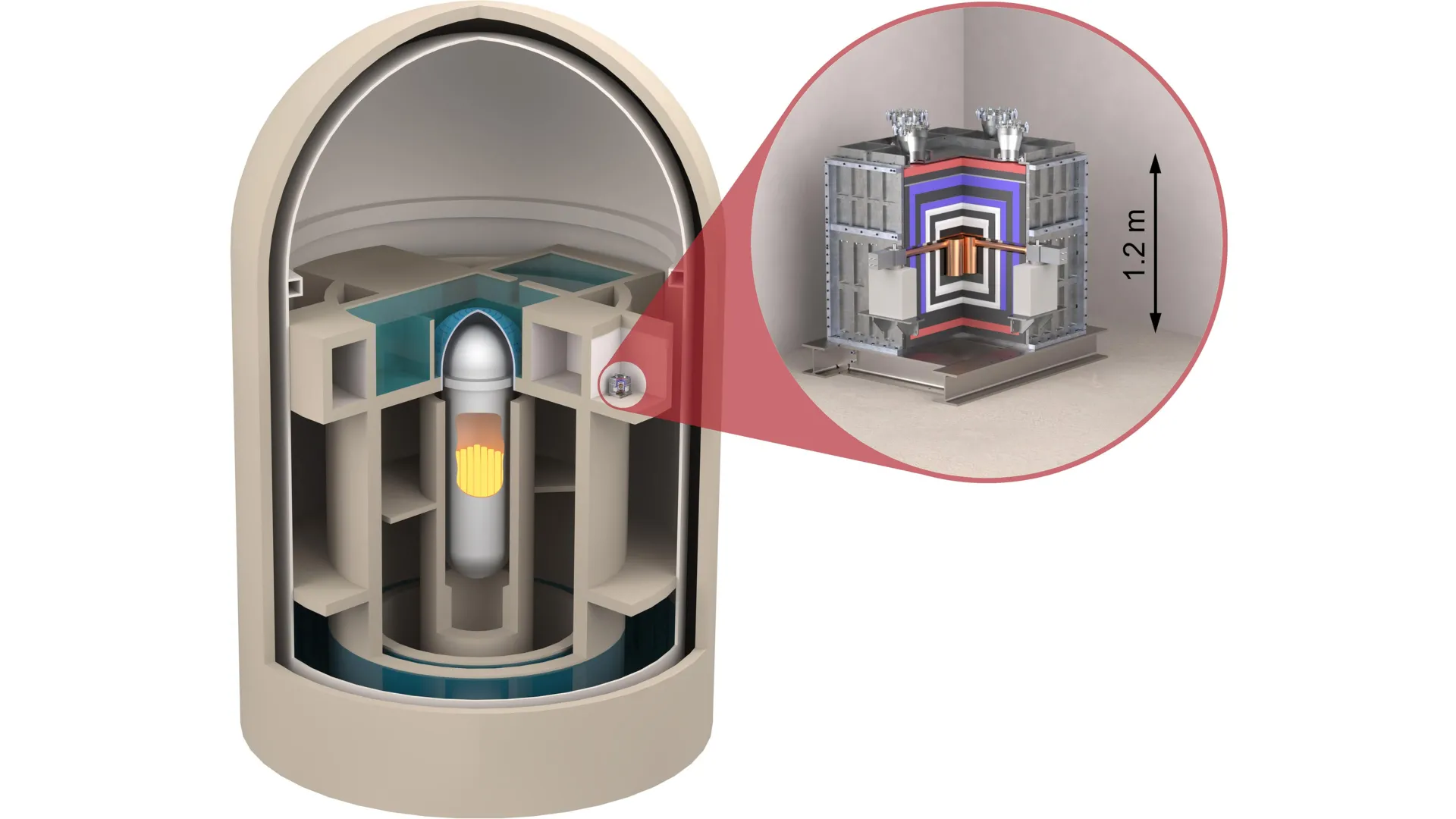Now Reading: Scientists Detect Elusive Neutrinos Near Reactor After 50-Year Quest
-
01
Scientists Detect Elusive Neutrinos Near Reactor After 50-Year Quest
Scientists Detect Elusive Neutrinos Near Reactor After 50-Year Quest

Quick summary:
- Neutrinos and Antineutrinos: Neutrinos are elusive particles that interact minimally with matter, making detection challenging.Scientists successfully detected antineutrinos from a nuclear reactor using the CONUS+ experiment with a small 3 kg detector.
- Relocation and Development: The CONUS experiment was moved to the Leibstadt nuclear power plant in Switzerland in mid-2023. Improved detectors enabled measuring Coherent Elastic Neutrino-Nucleus Scattering (CEvNS) at lower energy levels.
- unique insights: CEvNS involves neutrinos interacting coherently with atomic nuclei, increasing detection probability.395±106 neutrino signals were detected over 119 days of measurement, aligning closely with theoretical predictions.
- Scientific Significance: This marks the first observation of CEvNS at full coherence and lower energies in a reactor setup.
- Applications and Future Potential: The technology could lead to mobile detectors for reactor monitoring or isotope analysis. Enhanced detectors introduced in autumn 2024 aim to improve accuracy for exploring new physics beyond the Standard Model.
Indian Opinion Analysis:
The successful presentation of CEvNS detection by CONUS+ represents an significant milestone not only for global scientific advancement but also holds potential implications for India’s expanding energy sector. With its growing portfolio of nuclear reactors, this research could guide future applications like monitoring reactor performance or ensuring safety through compact technology solutions.
From an academic perspective, the findings reinforce India’s ongoing investments into experimental physics research under initiatives such as TIFR and IUCAA. Moreover, advancements like these open doors to deeper collaborations between Indian physicists and international institutions working on particle-based studies rooted in emerging technologies.
This breakthrough highlights how essential science can propel practical innovations that complement India’s ambitions toward sustainable development powered by reliable energy sources like nuclear power plants while also enhancing core scientific contributions globally.
























